|
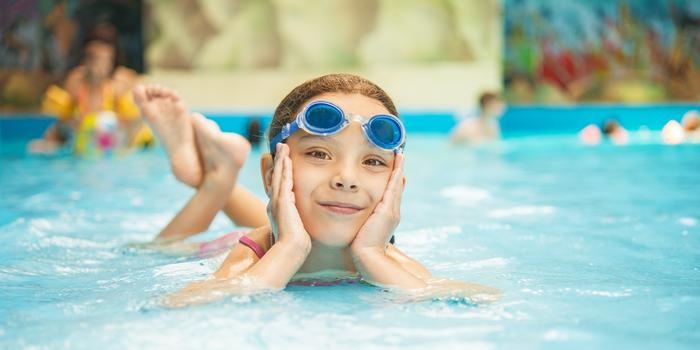 Reduced physical activity of children is a serious threat to their health. That is why in recent years, special attention has been paid to the fight against hypodynamia and hypokinesia. Reduced physical activity of children is a serious threat to their health. That is why in recent years, special attention has been paid to the fight against hypodynamia and hypokinesia.
Children and adolescents, in which the volume of organized physical activity during the week is 6-8 hours, as a rule, are characterized by high mental performance, good physical development, sufficient resistance to fatigue, more favorable indicators of the functional state of the central nervous system, good immune reactivity.
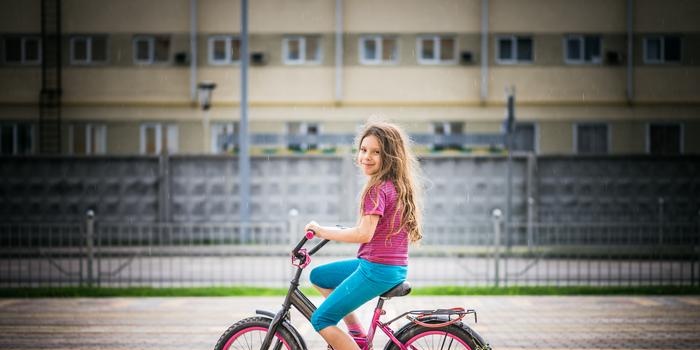 Objective data on the low physical activity of schoolchildren have repeatedly served as the subject of special discussion at scientific conferences. They testify: a significant part of schoolchildren leads a sedentary lifestyle. For example, children in a number of schools in Moscow have average daily indicators of physical activity 40-45% lower than the level of age-related need for movement. At the same time, it is known that in schoolchildren experiencing the influence of hypokinesia, the incidence of the upper respiratory tract is almost 3-5 times higher than in their peers who have a motor regime corresponding to a hygienic norm. There is not only a lag in the formation of motor skills (decrease in strength, speed, endurance), but also a delay in the development of autonomic functions, there is a narrowing of the range of functional capabilities of the cardiovascular system and respiratory organs. Deficit of movement is one of the main reasons for the increasing number of obese children. Hence the conclusion: modern schoolchildren need optimal physical activity. That is why the documents on school reform emphasize the need for daily physical education and a variety of forms of physical education. Objective data on the low physical activity of schoolchildren have repeatedly served as the subject of special discussion at scientific conferences. They testify: a significant part of schoolchildren leads a sedentary lifestyle. For example, children in a number of schools in Moscow have average daily indicators of physical activity 40-45% lower than the level of age-related need for movement. At the same time, it is known that in schoolchildren experiencing the influence of hypokinesia, the incidence of the upper respiratory tract is almost 3-5 times higher than in their peers who have a motor regime corresponding to a hygienic norm. There is not only a lag in the formation of motor skills (decrease in strength, speed, endurance), but also a delay in the development of autonomic functions, there is a narrowing of the range of functional capabilities of the cardiovascular system and respiratory organs. Deficit of movement is one of the main reasons for the increasing number of obese children. Hence the conclusion: modern schoolchildren need optimal physical activity. That is why the documents on school reform emphasize the need for daily physical education and a variety of forms of physical education.
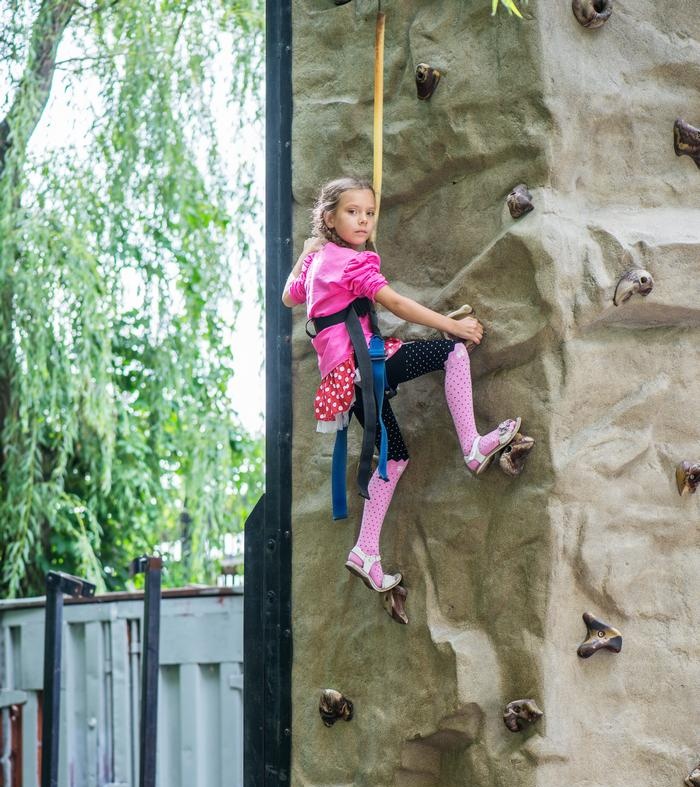 Various forms of physical culture and health-improving work have been introduced into the school regime: gymnastics before the start of classes, physical culture minutes in the classroom, physical exercises and outdoor games during extended breaks, a daily sports hour. All this contributes to an increase in the physical activity of students. Various forms of physical culture and health-improving work have been introduced into the school regime: gymnastics before the start of classes, physical culture minutes in the classroom, physical exercises and outdoor games during extended breaks, a daily sports hour. All this contributes to an increase in the physical activity of students.
 Experts believe that the body's need for movement is about 25-30 thousand steps per day for children of primary school age (6-9 years); for children 10-12 years old - 20-25 thousand steps; for older children - 15-20 thousand steps. In other words, if all the motor activity of a person is mentally translated into steps, then in a day he must overcome a distance of about 10-15 km. The student replenishes this volume of physical activity through natural movements and special physical exercises (morning exercises, physical education lessons, classes in sports sections, daily sports hour, etc.). Experts believe that the body's need for movement is about 25-30 thousand steps per day for children of primary school age (6-9 years); for children 10-12 years old - 20-25 thousand steps; for older children - 15-20 thousand steps. In other words, if all the motor activity of a person is mentally translated into steps, then in a day he must overcome a distance of about 10-15 km. The student replenishes this volume of physical activity through natural movements and special physical exercises (morning exercises, physical education lessons, classes in sports sections, daily sports hour, etc.).
Posture
Both school and parents are equally responsible for poor posture in children. Although exercises for the formation of the skill of correct posture are included in the program of physical education lessons, they are still not enough for the student to firmly master the skills of standing up and correct sitting. Therefore, we need preventive exercises that schoolchildren should do at home under the guidance of parents, as well as develop the habit of children to control their own posture.
 With correct posture, the head is kept straight, the shoulders are deployed, the abdomen is tucked up, the muscles are not tense, the body weight is evenly distributed on the left and right legs. To check if your body position is correct, lean against a wall (or door). In case of correct body position, it should touch the wall with the back of the head, shoulder blades, buttocks and heels. If one of the named points of the body does not touch the wall, then the posture is incorrect. With correct posture, the head is kept straight, the shoulders are deployed, the abdomen is tucked up, the muscles are not tense, the body weight is evenly distributed on the left and right legs. To check if your body position is correct, lean against a wall (or door). In case of correct body position, it should touch the wall with the back of the head, shoulder blades, buttocks and heels. If one of the named points of the body does not touch the wall, then the posture is incorrect.
The main points of support of the body in a standing position are the feet.In this case, the load on the muscles associated with maintaining body weight is distributed in such a way that, with correct posture, the tension of the muscles that hold the person's posture is minimal.
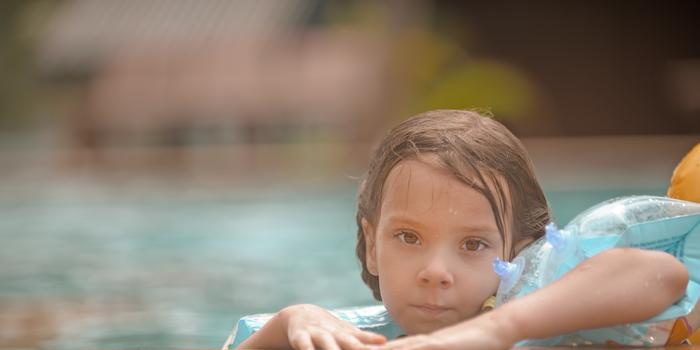 To learn the correct posture, you need to strengthen the muscles of the body and improve the skill, constantly checking the position of your body. To learn the correct posture, you need to strengthen the muscles of the body and improve the skill, constantly checking the position of your body.
Include exercises to strengthen the muscles of the back and abdominals, shoulder girdle, neck, legs, feet in the morning exercises complex. It is especially useful to perform exercises with a light weight on the head, multiple jumps with a body twist.
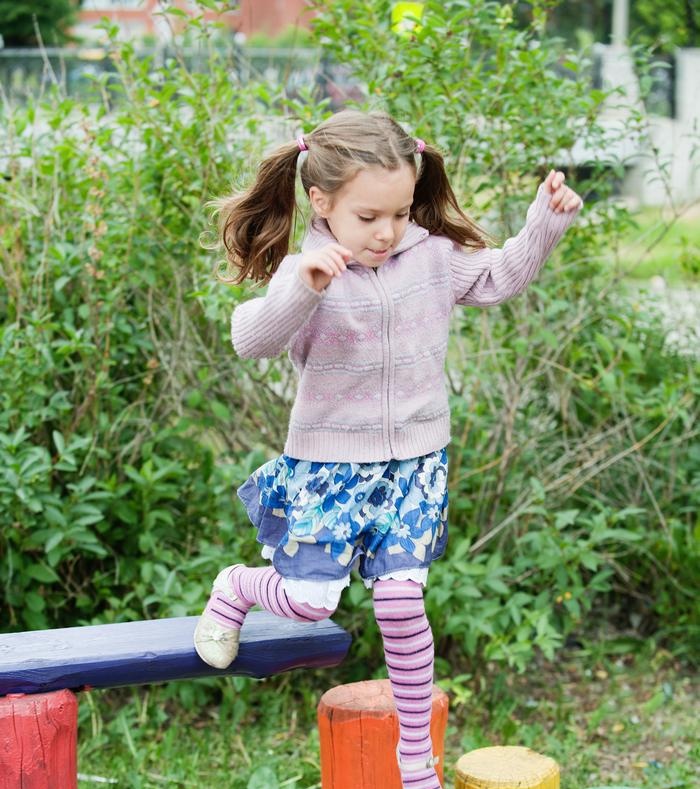 To perform exercises with an object on your head, sew a 20X20 cm bag.Put an even stack of sheets of paper in it (its weight should not exceed 100 g). During the exercises, the weight must be kept on the head. This gives an additional load for the so-called posture muscles, which significantly contributes to their strengthening. To perform exercises with an object on your head, sew a 20X20 cm bag.Put an even stack of sheets of paper in it (its weight should not exceed 100 g). During the exercises, the weight must be kept on the head. This gives an additional load for the so-called posture muscles, which significantly contributes to their strengthening.
The most common posture distortions are:
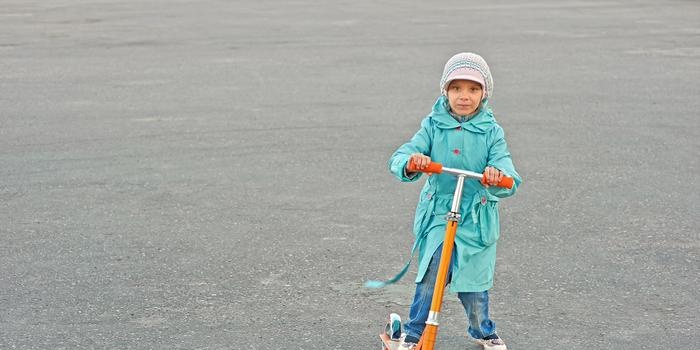
Slouch
The cervical curvature of the spine is increased, and the lumbar curvature is smoothed, the shoulders are lowered and somewhat brought forward, the shoulder blades are divorced, the chest becomes sunken, the head is lowered, the legs are usually bent at the knees, the arms hang sluggishly.
Lordotic posture is characterized by a pronounced lumbar curvature of the spine, the back is strongly bent forward, and the abdomen is protruding, and the abdominal muscles are weak.
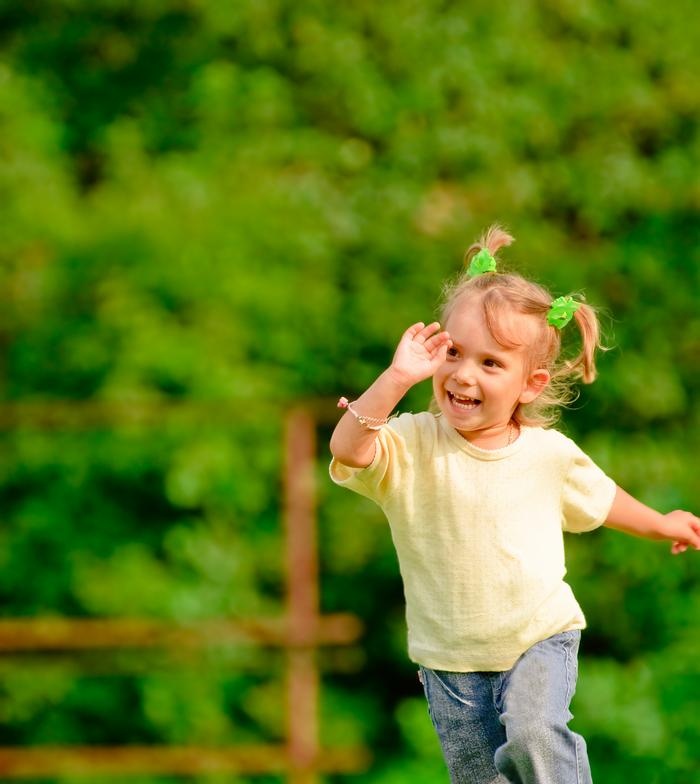
Kyphotic posture
Increased cervical and lumbar curvature of the spine. The back is round, the belly is protruding.
Straight back
Less pronounced curves of the spine. Children with this posture often develop scoliosis.
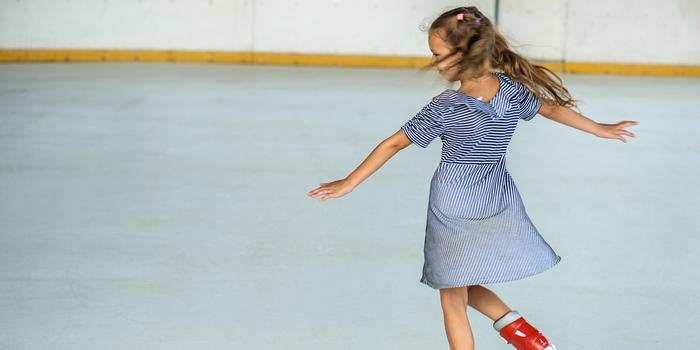
Strong deviations of some parts of the spine to the right or left.
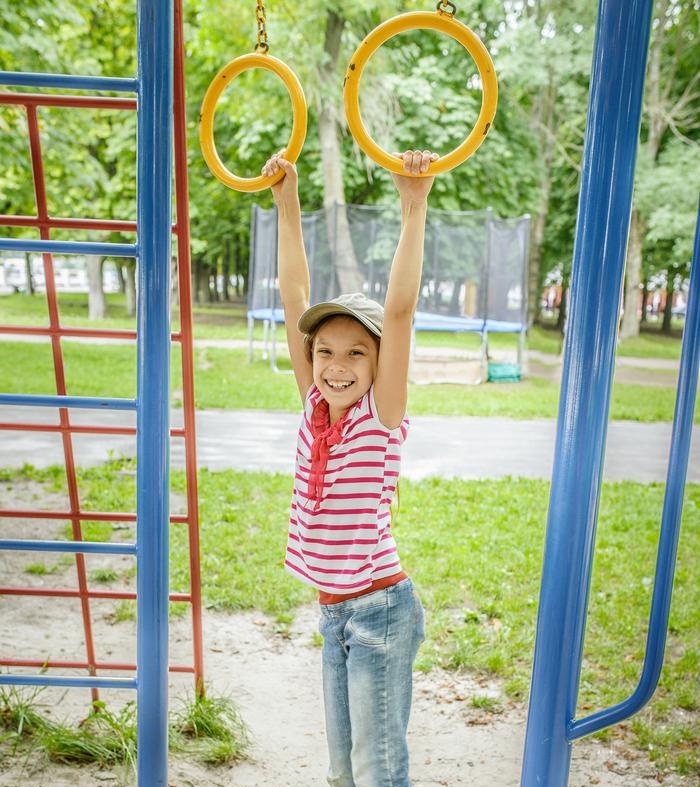 
Remember
With age, the number of posture disorders does not decrease, but increases due to inattention to the formation of a posture in schoolchildren, moreover, inattention both on the part of teachers and parents. If you want your child to be healthy and well-developed, constantly watch how he stands, walks, sits and even sleeps. If you notice the slightest deviation in the child's posture from the norm, immediately go to the doctor and the physical education teacher, otherwise it will be too late.
V. Kozlov
|
 Reduced physical activity of children is a serious threat to their health. That is why in recent years, special attention has been paid to the fight against hypodynamia and hypokinesia.
Reduced physical activity of children is a serious threat to their health. That is why in recent years, special attention has been paid to the fight against hypodynamia and hypokinesia. Objective data on the low physical activity of schoolchildren have repeatedly served as the subject of special discussion at scientific conferences. They testify: a significant part of schoolchildren leads a sedentary lifestyle. For example, children in a number of schools in Moscow have average daily indicators of physical activity 40-45% lower than the level of age-related need for movement. At the same time, it is known that in schoolchildren experiencing the influence of hypokinesia, the incidence of the upper respiratory tract is almost 3-5 times higher than in their peers who have a motor regime corresponding to a hygienic norm. There is not only a lag in the formation of motor skills (decrease in strength, speed, endurance), but also a delay in the development of autonomic functions, there is a narrowing of the range of functional capabilities of the cardiovascular system and respiratory organs. Deficit of movement is one of the main reasons for the increasing number of obese children. Hence the conclusion: modern schoolchildren need optimal physical activity. That is why the documents on school reform emphasize the need for daily physical education and a variety of forms of physical education.
Objective data on the low physical activity of schoolchildren have repeatedly served as the subject of special discussion at scientific conferences. They testify: a significant part of schoolchildren leads a sedentary lifestyle. For example, children in a number of schools in Moscow have average daily indicators of physical activity 40-45% lower than the level of age-related need for movement. At the same time, it is known that in schoolchildren experiencing the influence of hypokinesia, the incidence of the upper respiratory tract is almost 3-5 times higher than in their peers who have a motor regime corresponding to a hygienic norm. There is not only a lag in the formation of motor skills (decrease in strength, speed, endurance), but also a delay in the development of autonomic functions, there is a narrowing of the range of functional capabilities of the cardiovascular system and respiratory organs. Deficit of movement is one of the main reasons for the increasing number of obese children. Hence the conclusion: modern schoolchildren need optimal physical activity. That is why the documents on school reform emphasize the need for daily physical education and a variety of forms of physical education. Various forms of physical culture and health-improving work have been introduced into the school regime: gymnastics before the start of classes, physical culture minutes in the classroom, physical exercises and outdoor games during extended breaks, a daily sports hour. All this contributes to an increase in the physical activity of students.
Various forms of physical culture and health-improving work have been introduced into the school regime: gymnastics before the start of classes, physical culture minutes in the classroom, physical exercises and outdoor games during extended breaks, a daily sports hour. All this contributes to an increase in the physical activity of students. Experts believe that the body's need for movement is about 25-30 thousand steps per day for children of primary school age (6-9 years); for children 10-12 years old - 20-25 thousand steps; for older children - 15-20 thousand steps. In other words, if all the motor activity of a person is mentally translated into steps, then in a day he must overcome a distance of about 10-15 km. The student replenishes this volume of physical activity through natural movements and special physical exercises (morning exercises, physical education lessons, classes in sports sections, daily sports hour, etc.).
Experts believe that the body's need for movement is about 25-30 thousand steps per day for children of primary school age (6-9 years); for children 10-12 years old - 20-25 thousand steps; for older children - 15-20 thousand steps. In other words, if all the motor activity of a person is mentally translated into steps, then in a day he must overcome a distance of about 10-15 km. The student replenishes this volume of physical activity through natural movements and special physical exercises (morning exercises, physical education lessons, classes in sports sections, daily sports hour, etc.). With correct posture, the head is kept straight, the shoulders are deployed, the abdomen is tucked up, the muscles are not tense, the body weight is evenly distributed on the left and right legs. To check if your body position is correct, lean against a wall (or door). In case of correct body position, it should touch the wall with the back of the head, shoulder blades, buttocks and heels. If one of the named points of the body does not touch the wall, then the posture is incorrect.
With correct posture, the head is kept straight, the shoulders are deployed, the abdomen is tucked up, the muscles are not tense, the body weight is evenly distributed on the left and right legs. To check if your body position is correct, lean against a wall (or door). In case of correct body position, it should touch the wall with the back of the head, shoulder blades, buttocks and heels. If one of the named points of the body does not touch the wall, then the posture is incorrect. To learn the correct posture, you need to strengthen the muscles of the body and improve the skill, constantly checking the position of your body.
To learn the correct posture, you need to strengthen the muscles of the body and improve the skill, constantly checking the position of your body. To perform exercises with an object on your head, sew a 20X20 cm bag.Put an even stack of sheets of paper in it (its weight should not exceed 100 g). During the exercises, the weight must be kept on the head. This gives an additional load for the so-called posture muscles, which significantly contributes to their strengthening.
To perform exercises with an object on your head, sew a 20X20 cm bag.Put an even stack of sheets of paper in it (its weight should not exceed 100 g). During the exercises, the weight must be kept on the head. This gives an additional load for the so-called posture muscles, which significantly contributes to their strengthening.













